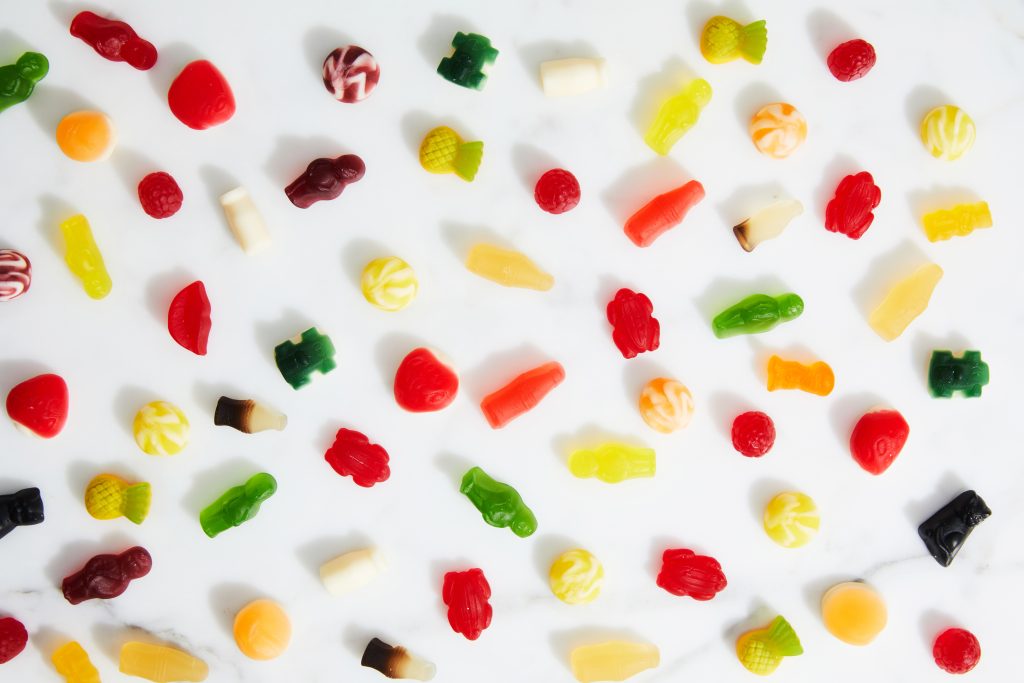Iconic Allen’s Lollies 132 Years in the Making
Bringing sweet delight to Australian life since before the nation’s Federation, the iconic Allen’s confectionery brand has stood the test of time.
Allen’s this year celebrates 132 years of local lolly creations – stretching from Snakes Alive and Frogs Alive family favourites to Party Mix crowd-pleasers and Minties for chewing over ‘moments like these’.
Founded by Alfred Weaver Allen in 1891 at his confectionery shop in Fitzroy, the much-loved brand became Melbourne’s third-largest confectionery manufacturer by 1909, and Australia’s largest by the mid-1940s.
“We pride ourselves on being a brand that Aussies love, bringing sweet smiles to celebrations big or small,” said Nestlé Oceania Head of Marketing Confectionery, Melanie Chen.
She said more than 19,000 tonnes of Allen’s stretchy, squishy and sticky lollies were produced every year at the world-class Broadford factory.
Located about 70 kilometres north of Melbourne in the township of Broadford in regional Victoria, the factory is home to Australia’s most-loved lolly brand with more than 200 employees, including generations of locals.
“Our Broadford factory makes 240 million Snakes Alive each year – enough to wrap right around Earth once – and enough Party Mix to decorate more than 12 million birthday cakes,” said Ms Chen.
Ms Chen said the Allen’s team had created more than 1000 different types of lollies in the past 132 years, including the more unique jelly tongue and giant jelly rat.
We love to engage and listen to our Allen’s fans,” she said of the innovation that remains core to the success of the nation’s number-one lolly brand – ranging from new flavour profiles such as the Sourz range, to reimagined fan-favourites including juicy Berry Snakes Alive, and inspired creations in collaboration with Kirks soft drinks and Peter’s ice creams.
Allen’s unique and diverse lolly textures – ranging from jelly and beaten to whipped and chewy – are created by pouring liquid jelly into a punched mould or a tray lined with Manildra Group’s wheat starch.
“Using wheat starch in the starch moulding and soft-panning processes assists with absorbing moisture for the perfect textured product,” said Allen’s Broadford Factory Manager Emily Bradbury.
With different drying times for different lolly types, one of the most popular treats in the Allen’s family – the humble jellybean – takes about 28 days including the final polishing stage to give the beans their lustrous sheen.
Ms Chen said Manildra Group’s locally made and high-quality Australian ingredients ensured every single bag of lollies had the same taste and texture expected by Allen’s fans.
“Whether it’s grandparents who met at the Minties factory or birthday memories of cakes festooned with Party Mix, there’s a unique story behind every Australian’s favourite Allen’s lolly,” she said.
Weighing up more than one million tonnes of sweets made since 1891, Allen’s uses a range of Manildra Group’s Australian-grown and made ingredients – including glucose to provide structure and sweetness while eliminating the need for artificial additives, wheat starches for customising shape and colour, boiling starches for thickening jelly liquids, and moulding starches for precision imprinting and assisting product drying.
Manildra Group General Manager Peter Simpson said the family-owned company was proud to be among Australians who shared in the Allen’s story – which in 1987 included the confectionery brand joining the world’s largest food and beverage company, Nestlé.
With Manildra Group’s commitment to value-adding to Australian wheat at our world-class Shoalhaven Starches site in Nowra, New South Wales, Mr Simpson said local opportunities had emerged in the early-1970s for glucose syrups to balance sweetness, enhance flavours, improve mouthfeel and texture – notably in the confectionery industry.
“It’s been a remarkable partnership spanning four decades with such an iconic brand bringing lolly lovers together to share a bag of Allen’s mouth-watering treats,” said Mr Simpson of the relationship with Nestlé as one of Manildra Group’s first glucose customers in 1973.
Ms Chen said Manildra Group’s glucose and starches also went into Frogs Alive, used for the non-profit Red Frogs program, whose 1500 volunteers hand out more than 24 tonnes of Allen’s raspberry flavoured jelly frogs every year at university and other events, including ‘schoolies’ and music festivals, to promote positive peer interactions that empower youth decision-making.
